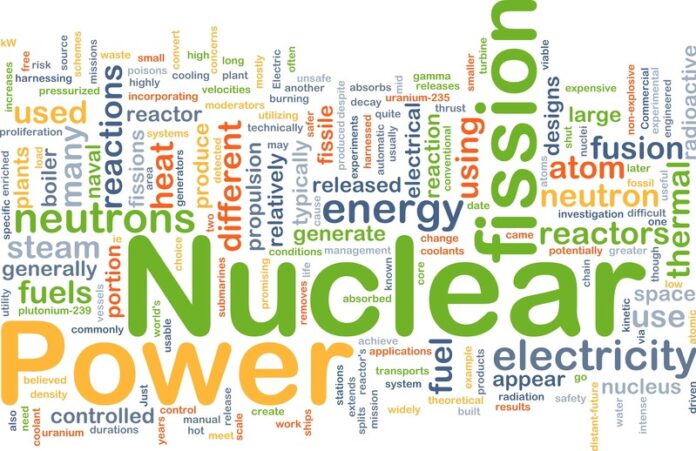Marrying the power of artificial intelligence (AI) to nuclear fusion may shorten the wait to develop a viable reactor. To duplicate the environment of the Sun on Earth is the goal of those working on fusion energy. Since we cannot duplicate the enormous gravity the mass of the Sun uses to control the fusion reactions inside it, here on Earth engineers and scientists contain fusion reactions using plasmas controlled by powerful magnets. It is a feat to build a containment environment that remains stable and reliable to operate 24/7 for years without problems. That’s where AI can help.
Many technical challenges are holding back the commercial development of fusion energy. One is the amount of energy needed to kickstart the ignition of sustained fusion. Vast amounts are used to kickstart fusion ignition, the point where a sustained nuclear reaction occurs. Until recently it has taken far more energy going in than has been coming out which defeats the entire exercise.
In December of 2022, the Lawrence Livermore National Laboratory (LLNL) in California was the first to achieve ignition with an experiment that produced more energy than it took to get the fusion going. LLNL used 192 lasers that focused on a tiny hollow cylinder the size of a pencil eraser. The cylinder contained a capsule of deuterium and tritium. The heat generated from the lasers reached 3 million Celsius (5.4 million Fahrenheit) which vaporized the capsule and caused the capsule to implode at a speed of 400 kilometres (248 miles) per second fusing the two elements. The output yielded 3.15 million joules, 1.5 times the energy needed to obtain ignition.
A repeat of the experiment in July 2023 produced a 1.9 times energy gain. Another experiment in October 2023 further upped the ante. LLNL states that its goal is to achieve fusion reactions yielding 10 times more energy than goes into them.
But is LLNL telling the whole story? I have my suspicions based on the latest experiments from the Joint European Torus (JET) facility in the United Kingdom. The EUROfusion partnership announced on February 8, 2024, that its controlled fusion experiment yielded 69 megajoules of sustained and controlled energy, considerably more than the LLNL experiments.
The JET facility contains a doughnut-shaped chamber called a tokamak. It is lined with magnets that trap hot plasma containing a mix of deuterium and tritium inside. The heat created is significantly higher than LLNL with temperatures hitting 150 million Celsius (270 million Fahrenheit). JET, which will be shut down shortly, is described as the largest and most successful fusion experiment in the world. But JET data shows its energy yield to be a third of the amount being put in to get sustained controlled fusion. The energy value is measured in Qs. The LLNL experiments have so far yielded a Q value of 0.7 and only for about 4 billionths of a second. That contradicts LLNL’s announcements of greater energy output.
ITER is the multinational fusion reactor project that was supposed to be completed in 2019 but remains unfinished. ITER uses a tokamak design and even when it is up and running with its first plasma in place in 2025, and full fusion complete by 2035, the facility will be an experiment and not a working commercial nuclear reactor. The goal is to sustain 500 Megawatt/hours of output by the latter date. Before it can be considered safe for commercial use, the heat generated to produce ignition will have to be managed.
Besides using tokamaks to create controlled fusion, there are other tokamak designs like the one being developed by Commonwealth Fusion Systems. Some devices bear little resemblance to a tokamak. For example, the Wendelstein 7-X is a Stellarator that looks like a hundred intertwining Mobius bands. Or there is General Fusion’s Magnetized Target Fusion device, a sphere containing plasma and nuclear fuel surrounded by pistons that pound it until compression leads to ignition.
So where does AI fit in? AI can analyze billions of data points in fractions of the time needed by humans. It can be used to test designs and analyze materials used for the containment vessels. During testing and when operating commercially it can be the plasma chamber sentinel and controller, making adjustments in real-time to maintain sustained fusion safely. Finally, it can flag problems before they happen by being an effective predictive maintenance tool.
AI is already being viewed as a way to speed up the pace of getting to a commercial fusion reactor. Commonwealth has started using AI tools to provide real-time control and optimization of the plasma in its SPARC tokamak. EUROfusion is developing a set of AI tools for fusion that will be used for successors of JET and ultimately for ITER. I am certain this hasn’t escaped the attention of others in or entering the commercial fusion reactor race.
















